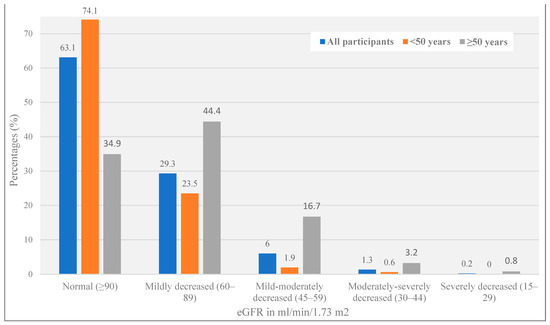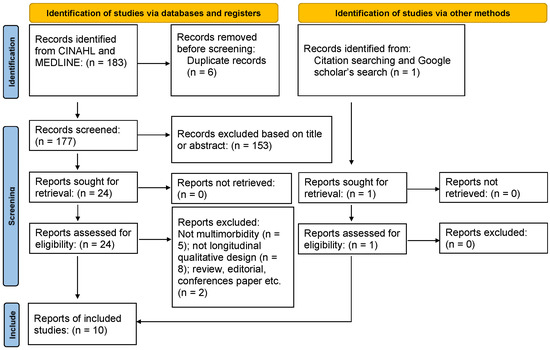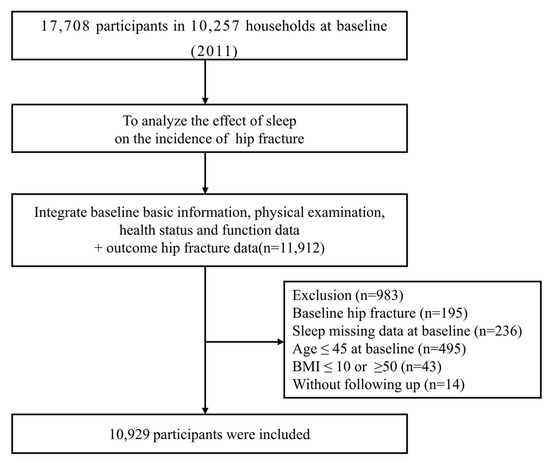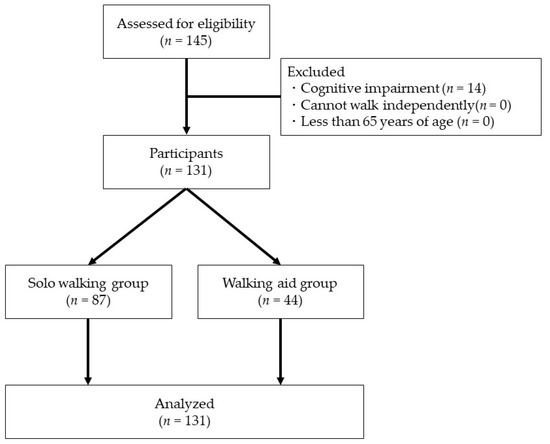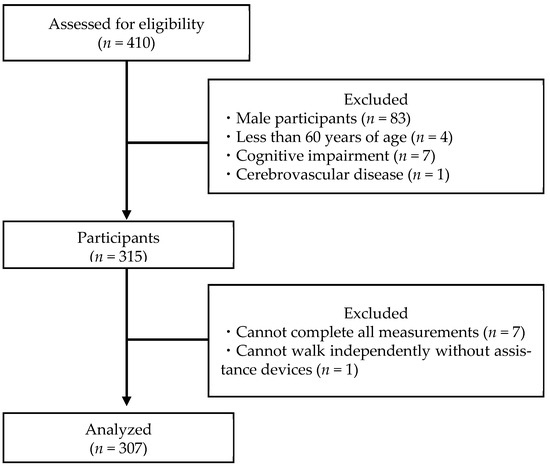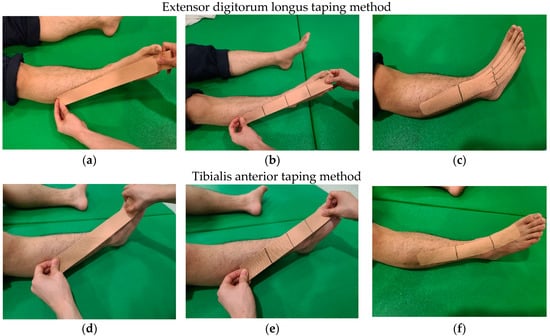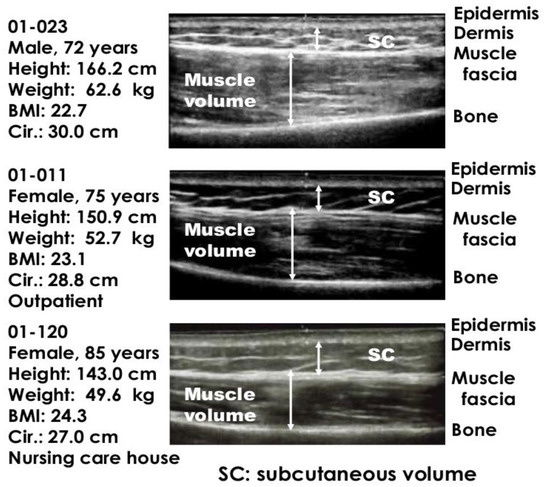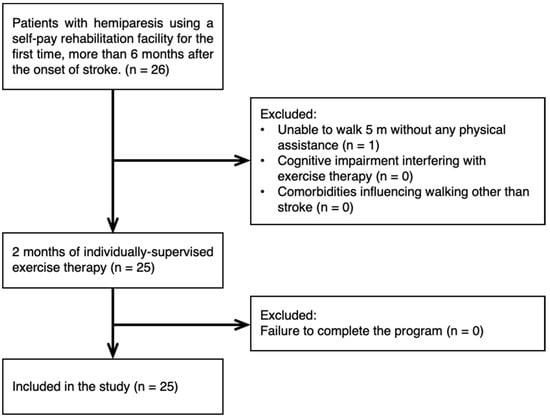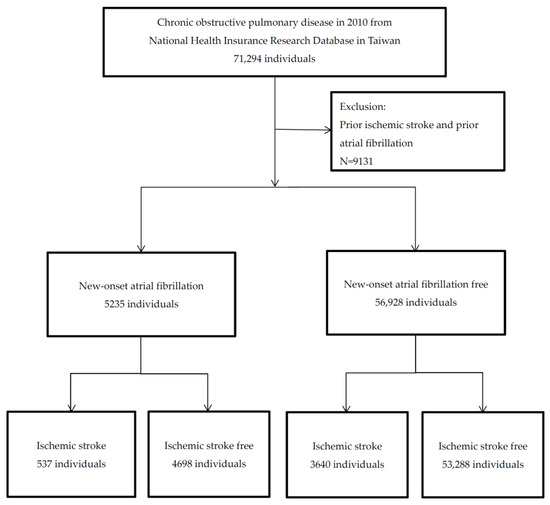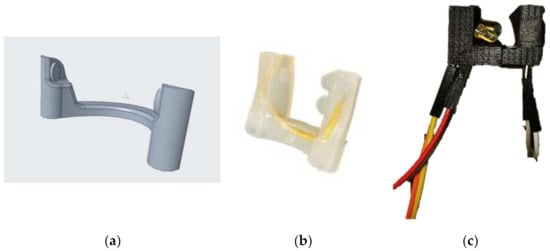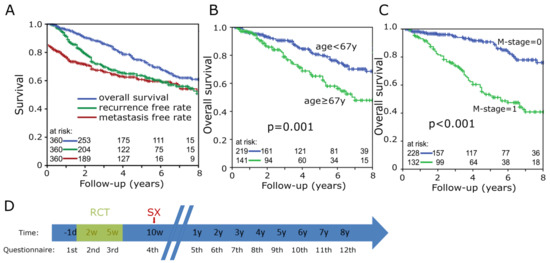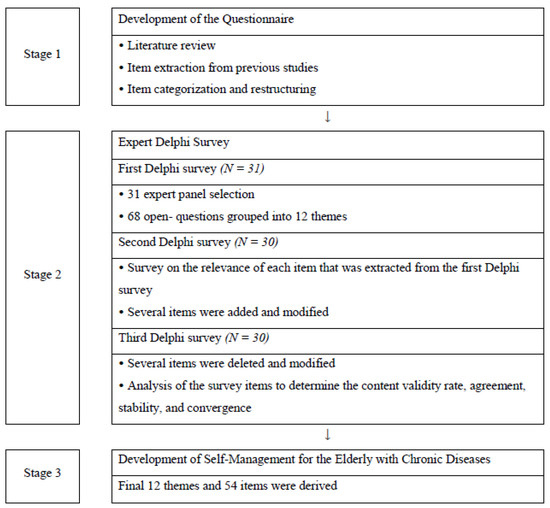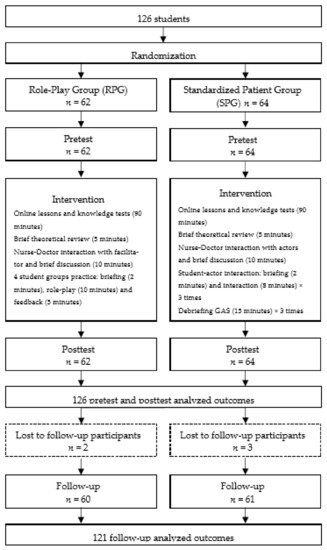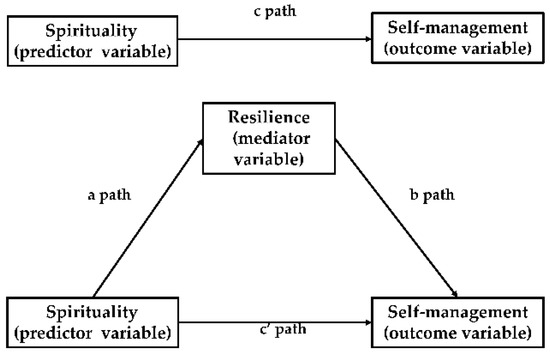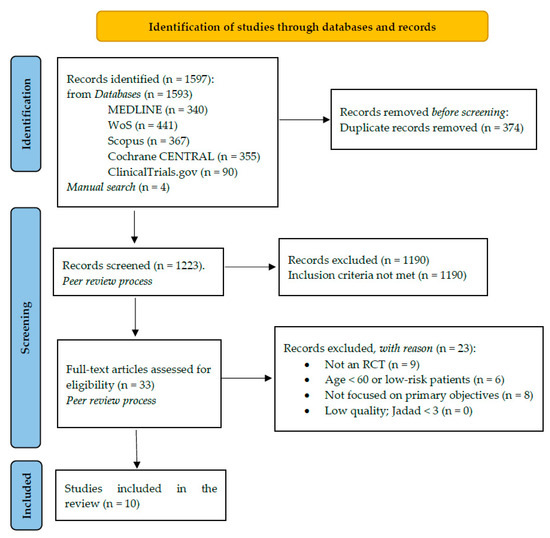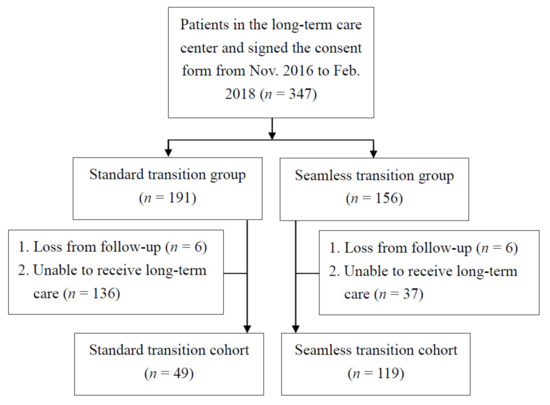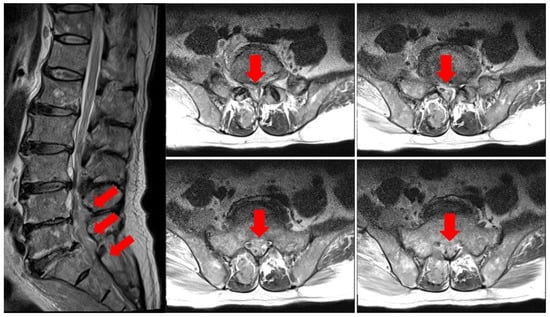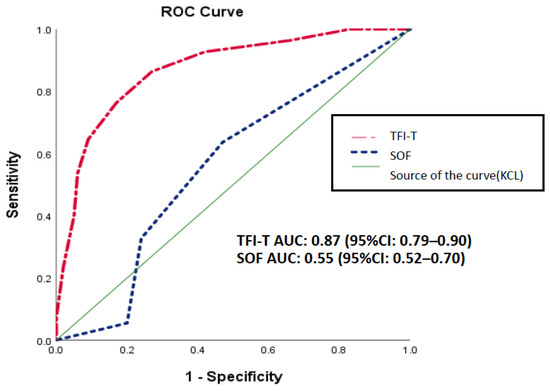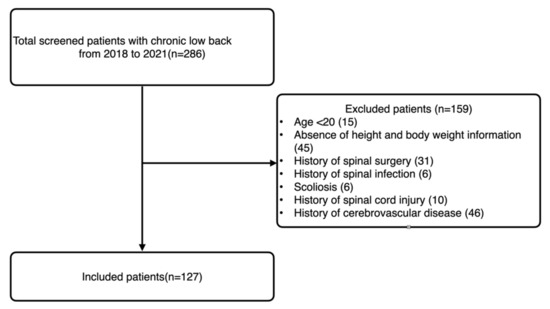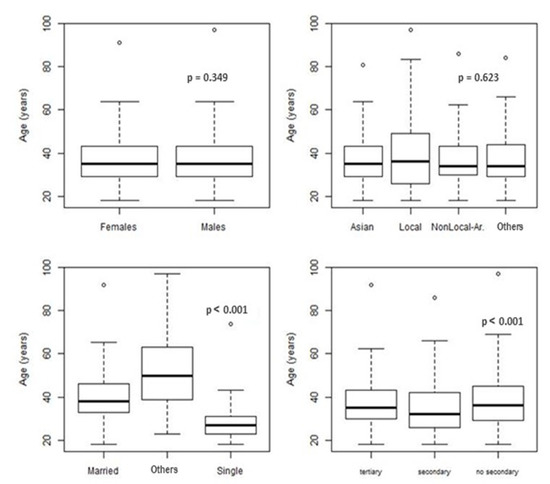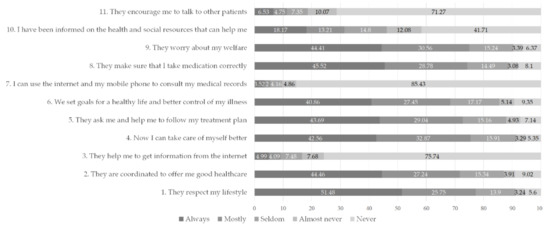Aging and Chronic Disease: Experiences, Holisitic Care and Quality of Life
A topical collection in Healthcare (ISSN 2227-9032). This collection belongs to the section "Chronic Care".
Viewed by 84955Editor
Interests: clinical nursing; social and health sciences; qualitative research
Special Issues, Collections and Topics in MDPI journals
Topical Collection Information
Dear Colleagues,
The aging process involves multiple types of molecular and cellular damage over time, leading to a gradual decline in physical and mental abilities, increased risk of suffering from different diseases, and death. The increase in life expectancy worldwide covers both developed and developing countries; in fact, by 2050, it is expected that around 500 million people worldwide will be 80 years of age or older. The increase in life expectancy represents an opportunity for the elderly and their families; however, the maintenance of quality of life is closely linked to health. Along with cancer and degenerative diseases, the high prevalence of chronic diseases during the aging process is constant. Osteoarticular problems, painful processes, cardiovascular disease, diabetes, and sleep and mobility disorders are common in older adults. In addition, aging is associated with factors such as frailty, falls, incontinence, delirium, memory loss, and problems that lead to depression, loneliness, and social isolation.
This Special Issue aims to describe the effects of different interventions on the quality of life, functional fitness, independence, and dignity of older people with chronic diseases. In addition, we invite authors to submit articles considering experiences related to any phase of chronic disease in the aging process. Studies focused on improving general and specific care for these patients, caregivers, spouses, and families are welcome. In this Special Issue of Healthcare, we are looking for articles that provide new insights into aging and chronic disease, in order to improve dignity, wellbeing, and quality of life during this process.
Dr. Jose Granero-Molina
Collection Editor
Manuscript Submission Information
Manuscripts should be submitted online at www.mdpi.com by registering and logging in to this website. Once you are registered, click here to go to the submission form. Manuscripts can be submitted until the deadline. All submissions that pass pre-check are peer-reviewed. Accepted papers will be published continuously in the journal (as soon as accepted) and will be listed together on the collection website. Research articles, review articles as well as short communications are invited. For planned papers, a title and short abstract (about 100 words) can be sent to the Editorial Office for announcement on this website.
Submitted manuscripts should not have been published previously, nor be under consideration for publication elsewhere (except conference proceedings papers). All manuscripts are thoroughly refereed through a single-blind peer-review process. A guide for authors and other relevant information for submission of manuscripts is available on the Instructions for Authors page. Healthcare is an international peer-reviewed open access semimonthly journal published by MDPI.
Please visit the Instructions for Authors page before submitting a manuscript. The Article Processing Charge (APC) for publication in this open access journal is 2700 CHF (Swiss Francs). Submitted papers should be well formatted and use good English. Authors may use MDPI's English editing service prior to publication or during author revisions.
Keywords
- aging
- chronic disease
- holistic care
- experiences
- quality of life
- older adults
- disability
- health and social care
- wellbeing
- partner and family care







